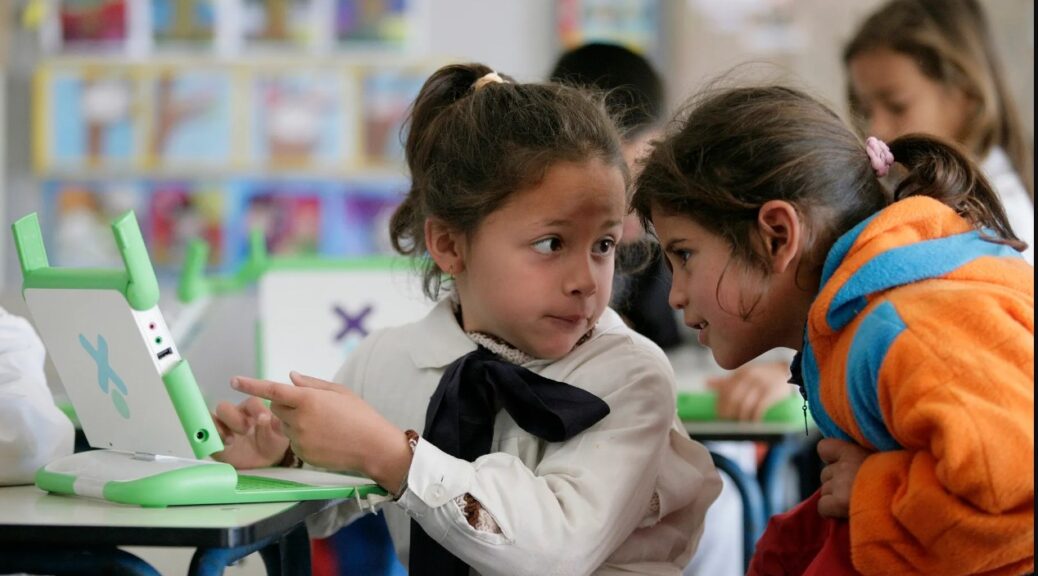How to Dominate Every CS2 Match: Expert Tips and Tricks
Counter-Strike 2 (CS2) is the latest installment of the iconic tactical shooter series, bringing fresh challenges to even seasoned players. Whether you’re just starting or aiming to sharpen your skills, dominating every CS2 match requires a blend of strategy, aim, and game sense. Here are expert tips and tricks to help you excel in CS2.
1. How Important is Map Knowledge?
One of the key components of any successful CS2 player is a deep understanding of the maps. Knowing every nook and cranny, sightline, and bomb site can drastically improve your gameplay. When you know the map inside out, you can anticipate enemy movements, set up advantageous positions, and outsmart your opponents.
For instance, learning where to position yourself during key moments—like after planting or defusing the bomb—gives you a tactical edge. Plus, being familiar with callouts (specific names for areas on the map) enhances team communication, leading to better coordination.
2. Why is Communication Crucial?
Winning a CS2 match is rarely a solo effort. Good communication is vital, especially in competitive matches. Always relay information to your teammates—whether you’re giving out enemy positions or coordinating a strategy for the next round. Clear, concise, and timely communication can make the difference between winning and losing a round.
If you’re playing with friends, set up callouts and plans before the game starts. If you’re in solo queue, keep your communication professional and strategic. Even if your team isn’t talking much, offering useful information like the number of enemies seen or whether a site is clear can significantly contribute to the team’s success.
3. How Can You Improve Your Aim?
CS2 is all about precision, so developing your aim is essential. Here are a few ways to boost your shooting accuracy:
- Crosshair Placement: Always keep your crosshair at head level and positioned where an enemy might appear. This reduces the time it takes to shoot, as your crosshair is already in place.
- Spray Control: Learning how different weapons recoil allows you to manage spray patterns better. Practicing with bots or in deathmatch modes can help you master the unique recoil of your favorite guns.
- Aim Training Maps: Consider using custom aim training maps available through the CS2 Workshop. These maps focus on improving reaction time, accuracy, and recoil control.
4. What Role Does Utility Play in CS2?
Grenades, smokes, flashes, and molotovs are incredibly useful tools in CS2. Knowing when and where to use utility can completely change the outcome of a round. For example, throwing a smoke to block off enemy vision or using a flash to blind opponents as you push into a site can give your team the upper hand.
Are you looking for advanced tips to perfect your throws? Visit this page, where you’ll find a detailed guide on creating jump-throw binds to consistently land perfect smokes and grenades. Mastering utility usage will not only help your team win more rounds but also frustrate your enemies, giving you a psychological advantage.
5. How Do You Stay Calm Under Pressure?
CS2 matches often come down to 1v1 or clutch situations. The ability to stay calm and composed is crucial in these moments. Panicking can lead to poor decisions, like peeking too early or not checking corners.
To remain calm:
- Take a Deep Breath: This simple action can reset your focus and help you think more clearly.
- Rely on Your Training: Trust the techniques and strategies you’ve practiced. The more you play, the more confident you’ll become in handling high-pressure situations.
6. How Can You Improve Overall Game Sense?
Game sense refers to your ability to predict what’s going to happen in the game. It comes with experience but can be sped up by watching pro players and studying their movements, positioning, and decision-making.
Pay attention to the following:
- Sound Cues: Always listen to enemy footsteps, reload sounds, and bomb plants to determine the enemy’s location.
- Economy Management: Keep track of your team’s economy and the enemy’s economy. This can help you predict whether the enemy will be ecoing (saving money) or buying full weapons and utility.
Conclusion
Mastering CS2 takes practice, but with the right knowledge and strategies, you can dominate every match. Focus on improving your map knowledge, communication, aim, and utility usage. By staying calm under pressure and developing solid game sense, you’ll find yourself climbing the ranks in no time. And remember, if you want to master utility throws, be sure to check out this helpful page for expert tips on jump-throw binds.
For more tips on improving your gameplay, check out how to adjust your site settings like brightness and gamma & Gaming Performance Optimization on the official website. Happy gaming!
Pro Match Analysis: Lessons from CS2 Champions
How to Improve Your Reaction Time and Speed in CS2
Building the Perfect Team: Coordination and Strategy in CS2
How to Dominate Every CS2 Match: Expert Tips and Tricks
The Ultimate Guide to Utility Usage in Counter-Strike 2


